- Barajar
ActivarDesactivar
- Alphabetizar
ActivarDesactivar
- Frente Primero
ActivarDesactivar
- Ambos lados
ActivarDesactivar
- Leer
ActivarDesactivar
Leyendo...
Cómo estudiar sus tarjetas
Teclas de Derecha/Izquierda: Navegar entre tarjetas.tecla derechatecla izquierda
Teclas Arriba/Abajo: Colvea la carta entre frente y dorso.tecla abajotecla arriba
Tecla H: Muestra pista (3er lado).tecla h
Tecla N: Lea el texto en voz.tecla n
![]()
Boton play
![]()
Boton play
![]()
31 Cartas en este set
- Frente
- Atrás
- 3er lado (pista)
|
In some invertebrates and outer covering that protects their bodies.
EX. exoskeleton or shell. |

|
PROTECTIVE COVERING
|
|
Is a hard covering that some invertebrates (bivalves) and mammals (tortoise) have.
|

|
SHELL
|
|
Articulated protective covering that arthropods have,Can be thick or thin.
|
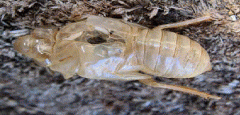
|
EXOSKELETON
|
|
Animals adapted to live in water most of its life.
|
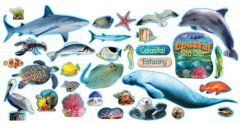
|
AQUATIC ANIMALS
|
|
Animals that live in the sea
|
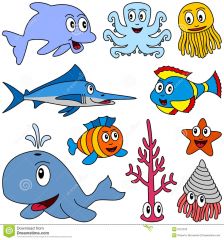
|
MARINE ANIMALS
|
|
Animals adapted to live in fresh water, as lakes or rivers.
|
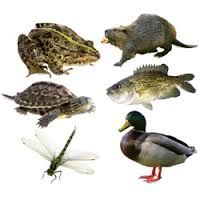
|
FRESH WATER ANIMALS
|
|
Animals that live during all or most of their life on land
|
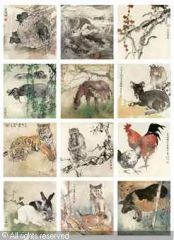
|
TERRESTRIAL ANIMALS
|
|
The top layer of the earth's surface (ground)in which plants can grow, and some animals live.
|

|
SOIL
|
|
Tinny holes on the skin of some invertebrates (sponges), that filter the nutritive substances in seawater.
|
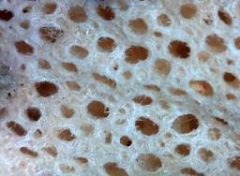
|
PORES
|
|
Invertebrates with a sac like body full of spores. They are aquatic and live attached to rocks
|
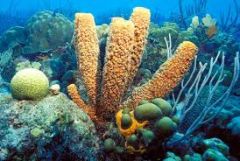
|
SPONGES
|
|
is the name of the limbs that we can find in some aquatic inverterbrates such as octopuses, cuttlefish or jellyfish.
|

|
TENTACLES
|
|
These invertebrates have got poisonous tentacles and jelly-like bodies. They are aquatic.
|
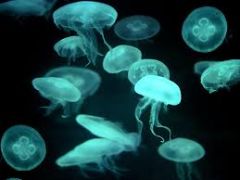
|
JELLY FISH
|
|
soft body invertebrates, most of them protected with one or two shells. Some could live on land but most are aquatic.
|
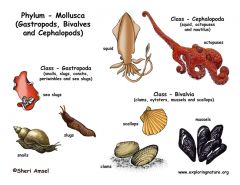
|
MOLLUSCS
|
|
They have got soft body protected by two shells. They are aquatic
|
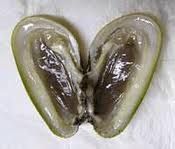
|
BIVALVES
|
|
They are terrestrial or aquatic. Some of them have got a single spiral shell to protect them.
|
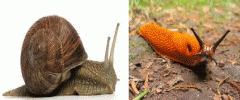
|
GASTROPODS
|
|
They have got limbs with suction caps. Their limbs grow from their heads. They are marine animals
|
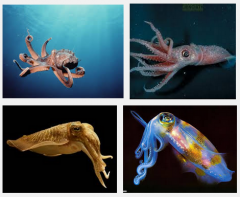
|
CEPHALOPODS
|
|
Round shallow cups that we can find around the cephalopds tentacles.
|
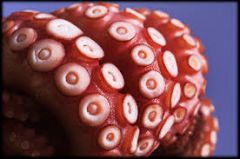
|
SUCTION CAPS
|
|
Invertebrates with and skeleton made of hard plates, or spines. Some have got five limbs called rays. Others got spines and round shape. Are marine animals.
|
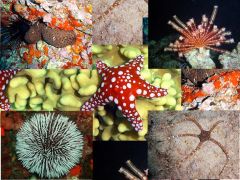
|
ECHINODERS
|
|
Is the name of the protective covering that forms the rays of an star fish.
|
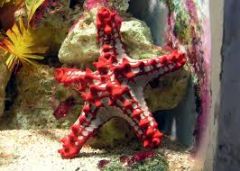
|
HARD PLATES
|
|
It is a pricky and pointed part of some echinoderms. They use it to move with it and to protect their bodies.
|
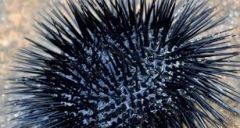
|
SPINES
|
|
The name of the limbs of an starfish. Most of them got five of them.
|
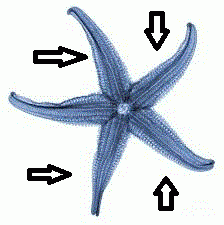
|
RAYS
|
|
Invertebrates with and skeleton made of spines and round shape. Are marine animals.
|
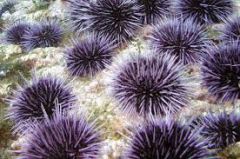
|
SEA URCHINS
|
|
Invertebrates with and skeleton made of hard plates. Some have got five limbs called rays.
|
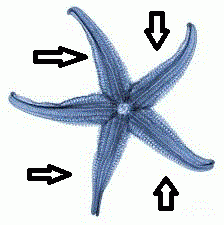
|
STAR FISH
|
|
Invertebrates with an arituclated exoskeleton, and a segmented body. Most numerous group of animals on earth.
|
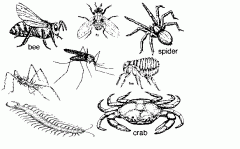
|
ARTHROPODS
|
|
These invertebrates are the most numerous on Earth. They could be terrestrial or aquatic. They have got six legs and two or four wings. Most have two antennae.
|
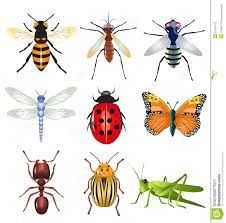
|
INSECTS
|
|
Three main parts that divide the body of an insect.
|
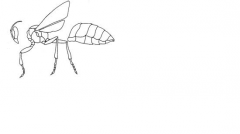
|
-HEAD
-TORAX -ABDOMEN |
|
Transformation process during which a larvae hatch from an egg and throughout some stages become an adult insect
|
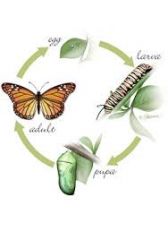
|
METHAMORPHOSIS
|
|
Arthropods with eight legs but without antennae.
Some of them, produce silk to make webs |

|
ARACHNIDS
|
|
Arthropods with a hard exoskeleton. They have got antennae. Many of them have got ten legs.
most of them are marine animals, but there are also freshwater and terrestrial. |
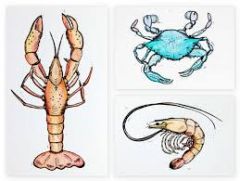
|
CRUSTACEANS
|
|
Arthropods with long bodies made up of many identical segments. Each segment has got one or two pairs of legs. They have got also a pair of antennae
|
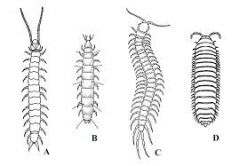
|
MYRIAPODS
|
|
These invertebrates have got a long and soft body. They haven’t got legs, and no protective covering
|
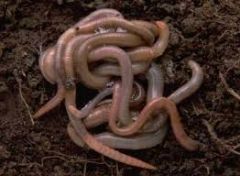
|
ANNELIDS OR WORMS
|